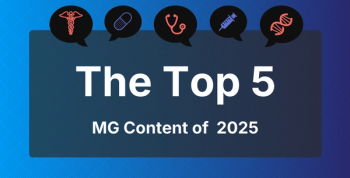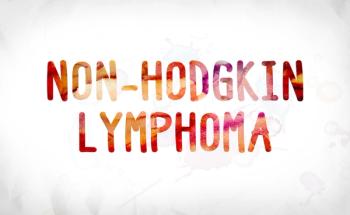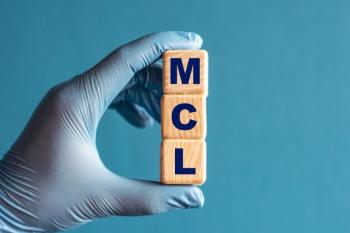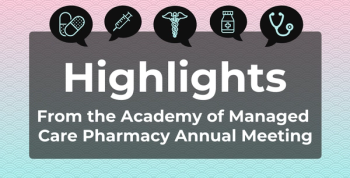
Orphan Drug Market to Continue Steady Growth; Sales to Double Between 2016 and 2022
The orphan drug market continues its steady and inexorable growth even with increased scrutiny on the high prices of these lifesaving treatments.
The orphan drug market continues its steady and inexorable growth even with increased scrutiny on the high prices of these lifesaving treatments.
According to EvaluatePharma’s
“The image of the plucky small biotech striving to develop treatments for the rare diseases largely ignored by big pharma is long gone,” Lisa Urquhart, EP Vantage editor and report contributor,
The report estimates that the average cost per patient in 2016 for an orphan drug was $140,443 compared with $27,756 for a non-orphan drug. There is a clear correlation between revenue per patient and the number of patients treated. Soliris, which is approved to treat patients with paroxysmal nocturnal hemoglobinuria, is one of the most expensive drugs in the world and was the highest revenue orphan drug in 2016, but it treats a very small patient population.
EvaluatePharma predicts that Revlimid, approved to treat myelodysplastic syndrome, orphan indications of Non-Hodgkin’s lymphoma, and multiple myeloma, will be the top-selling orphan drug in the world in 2022. Celgene, which makes Revlimid, will have the most orphan drug sales worldwide.
However, Urquhart and report co-author Andreas Hadjivasiliou, an analyst at EvaluatePharma, warn that payers and politicians are taking note of the industry more than ever before.
“As such, if the orphan drug industry is to continue to thrive, it must continue to generate innovations that justify the huge cost of these life-transforming treatments,” they wrote.
Newsletter
Stay ahead of policy, cost, and value—subscribe to AJMC for expert insights at the intersection of clinical care and health economics.







































